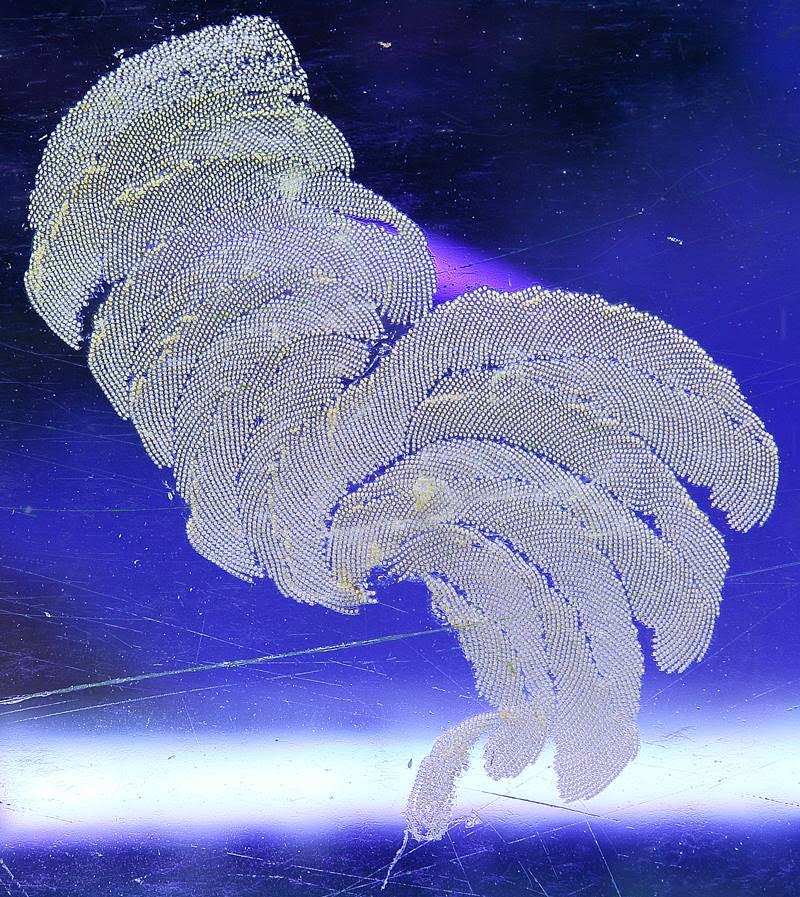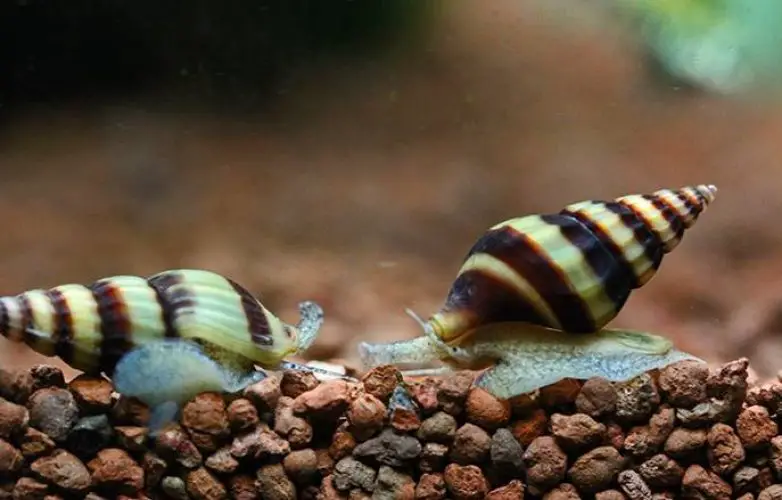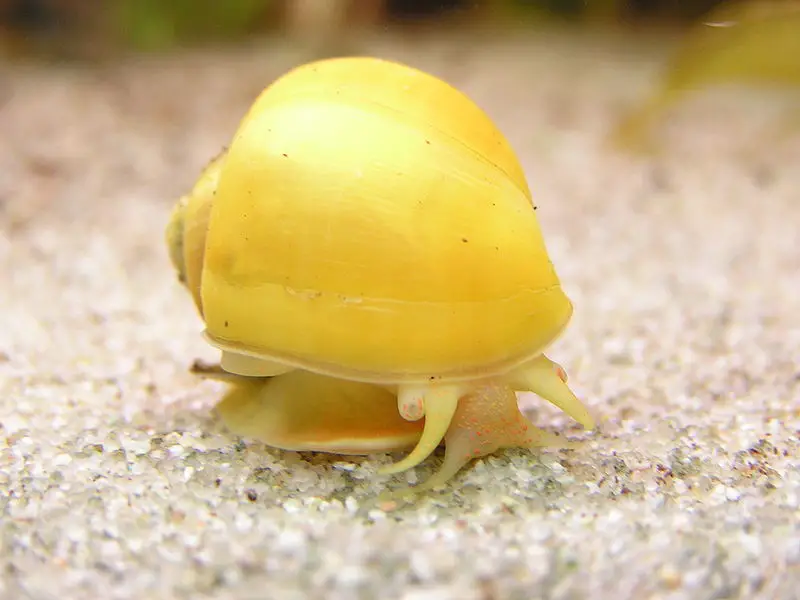Snails are a popular part of most aquariums these days, and the Nassarius snail is a good option for saltwater tanks to add color and sift through the sand, clearing up detritus and other organic matter.
But if you want to breed these snails, then there’s a lot to learn about the process. How do you encourage mating behavior, get a successful clutch, and raise baby snails?
Nassarius snails are not hermaphrodites, and you’ll need both a male and female for successful breeding. The females will lay a clutch of eggs, up to several hundred, on a hard surface. After 9-15 days, the eggs will hatch, and the larvae will emerge.
There’s a lot that goes into breeding and raising Nassarius snails, and there are a lot of factors involved in keeping the larvae alive in their vulnerable stage. The rest of this article will dive into everything you need to know about breeding, hatching, and raising Nassarius snails.
Will Nassarius Snails Breed?
Dubbed the zombie snail of the reef, Nassarius spend most of their time buried underground with only their ‘periscope’ showing. When they detect decaying matter or detritus, they will emerge and zoom across the tank to eat.
But aside from these natural behaviors, Nassarius snails are also driven to breed. They are not hermaphrodites, so you’ll need both a male and a female to breed; however, as long as conditions in the tank are suitable, you should observe breeding behavior occur naturally.
When breeding, you’ll notice two snails intertwined together, and shortly after, clutches of eggs will begin appearing around the tank.
Nassarius snails breed very often since their offspring have such a low chance of survival, so if you have a group of Nassarius, you’re likely to not only observe breeding behavior often, but also for your glass, rocks, and substrate to be covered with eggs.
They look like little white smears on the glass, almost like a fingerprint.
Do Nassarius Snails Breed in an Aquarium?
Nassarius snails are prolific breeders and will breed often, even in captivity. Due to the low survival rate of the eggs and larvae, Nassarius snails breed regularly to increase the chances of some larvae reaching adulthood.
Oftentimes, when it comes to aquatic creatures, the desire for breeding stems from an abundance of food, indicating that there’s enough room for more offspring in an environment.
Nasssarius snails, however, don’t need any additional encouraging to breed in a tank―so long as you have several Nassarius in your tank, they’ll breed. There’s no need for extra measures to ensure that they breed.
There’s also no real way to discourage them from breeding other than sexing your Nassarius and establishing a single-gender tank. Unfortunately, sexing Nassarius is impossible for the naked eye and can only be done under a microscope.
Don’t worry about your bioload being overrun with snails, though. While Nassarius snails breed incessantly and you’ll likely have clutches of snail eggs all over your tank, these eggs rarely survive.
In the wild, when Nassarius hatch after 9-15 days, they float on the ocean current as larvae for several weeks, appearing much different than their adult counterparts, and it takes up to a month for them to metamorphose into their adult form.
During this period, they are extremely susceptible to predators. In an aquarium setting, your fish will snack on the eggs and larvae (if they even make it that far) before they can grow.
How to Successfully Breed Nassarius Snails
Successfully breeding Nassarius snails is an absolute nightmare and requires a good deal of aquarium experience and patience.
Even with the best will in the world, it’s likely they won’t survive, but if you’re willing to try, then there are some steps you can take.
Place a piece of glass or acrylic higher up in the tank and wait for your Nassarius to lay eggs on it. During the waiting period, cycle a tank to match conditions in your showpiece tank. Ensure that your filter is on its lowest setting (fast currents will kill the larvae).
Light your tank, add ammonia, and introduce phytoplankton as your Nassarius snails’ first source of food.
You’ll want to ensure that the tank is fully cycled and you have some algal or diatom growth, since these signal to the hatchlings that they need to metamorphose. Using your display tank’s water to help the cycling process is beneficial.
Once your Nassarius use the platform to lay their eggs, quickly remove the inserted glass or acrylic and place it in the separate tank.
It will take about a week for the eggs to hatch, and you’ll need to ensure that you’re providing plentiful food in the form of phytoplankton each day.
Check your calcium and alkaline levels often and add necessary doses so that your Nassarius can absorb the calcium they need. Once they are half an inch in size, they should be safe to move over to your display tank.
During this process, a myriad of things can go wrong. Nassarius breed for quantity with an extremely low survival rate, so trying to replicate that success in an aquarium is extremely difficult, even for experienced aquarists.
If you’re looking to add more Nassarius to your tank, it might be a better option to just find a seller rather than going through the laborious process of trying to breed, hatch, and raise them yourself.
Final Thoughts
Nassarius snails, the zombie snails of the reef aquarium, are very entertaining and a good addition to saltwater tanks.
They breed prolifically, and you’ll notice both the breeding behavior and the presence of egg clutches all over your tank; however, Nassarius eggs take over a week to hatch and a month more to metamorphose into snail form.
During this time, they are extremely susceptible to predators and make great snacks for your fish. The only way to breed them, then, is with a carefully established and monitored breeding tank kept under the right conditions.



